What sand is needed for laying bricks and building blocks?
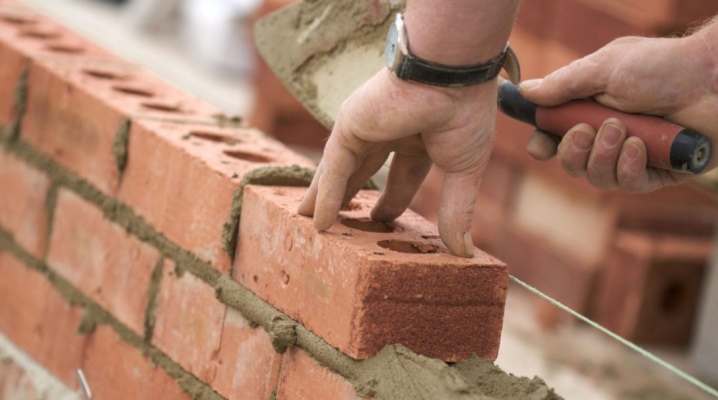
The use of sand for laying bricks or block materials allows you to get a mortar of the desired density and strength. But not every bulk material is beneficial for building mixtures. It is worth talking in more detail about what kind of sand - white, river, alluvial or other types is better to use for laying bricks and building blocks.
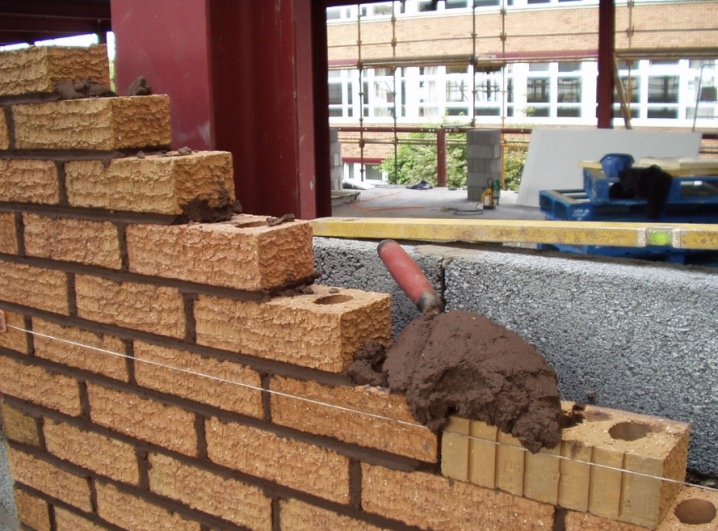
Why is it needed?
Quartz sand, familiar to everyone, is part of the mortar for laying bricks. It largely depends on him: how strong and durable the structure or its external decorative facing will turn out. People inexperienced in construction often believe that this component is not at all required for use, and its dosage can be changed arbitrarily. In fact, a violation of the proportions between the content of sand and cement leads to the fact that the mortar ceases to be plastic. Accordingly, its properties deteriorate, the hardening time of the substance changes.
The sand in the cement slurry really plays the role of an aggregate, but its share in the finished mixture is quite significant. Usually it is 3/4 or 5/6 parts of the total mass. This proportion is due to the fact that the masonry is not subject to destabilization or tensile stress. Accordingly, solutions with a small volume of binder - cement, lime - are suitable for it.
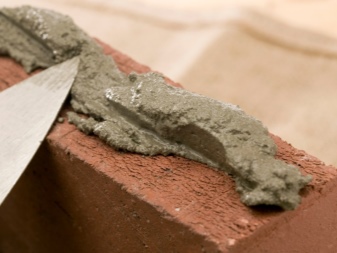
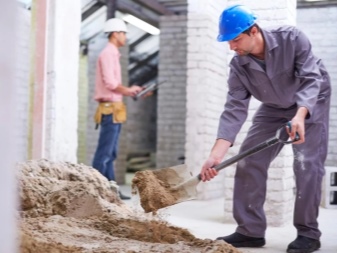
In this case, the sand has to provide the following:
- a sufficient volume of masonry mass;
- reduction of shrinkage of brick or block structures;
- alignment and filling of gaps, voids.
The appearance of the finished wall depends on what kind of bulk material is used. This becomes especially significant when creating decorative facade cladding.
In addition, sand has many other benefits. This material has sufficient chemical inertness, mechanical strength and structural homogeneity.

Types of sand and their properties
There are several types of sand used in the preparation of mortars, including for masonry. The most popular options deserve special attention.
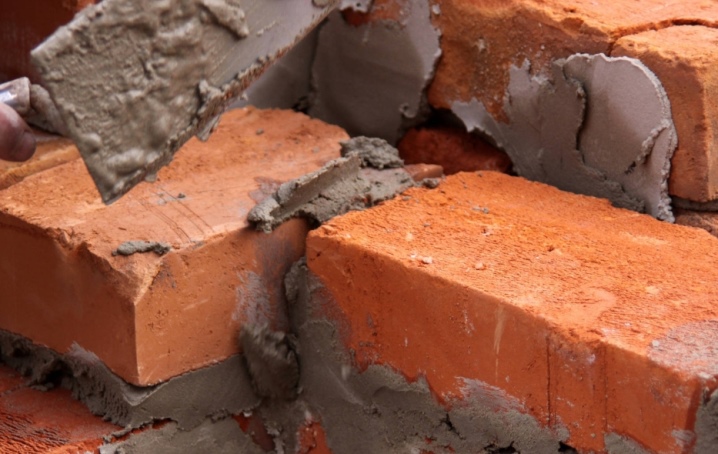
Ravine
A type of sand obtained from open pit mining. It has good adhesion properties due to its sharp edges and rough particle surface. But due to the highly contaminated structure, this type of bulk substance is only suitable for solutions used in rough masonry, foundations. The size of the fractions in gully sand varies from 1.5 to 3 mm, which allows it to provide sufficient strength of the finished mixture.
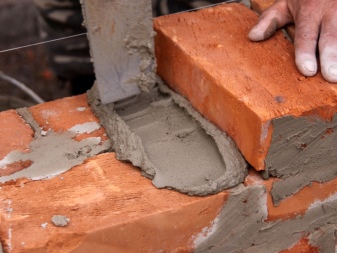

River
This kind of building bulk material considered the cleanest and most environmentally friendly... Its production is carried out from the bottom of flowing reservoirs, where quartz rock undergoes natural mechanical processing for a long time. The material has a rounded particle shape, is free of impurities, and can be used to prepare a solution without additional screening and cleaning. Sea sand in its properties is similar to river sand, only the place of extraction differs.
Typically, this type of bulk aggregate is sized. Coarse fractions - from 2.8 to 5 mm in diameter are suitable for foundations. Medium and small go to masonry walls. The color range of river sand ranges from pale gray to beige-yellow. The rather high cost makes this material not the most affordable, but the quality and the absence of impurities fully pays for all the costs.
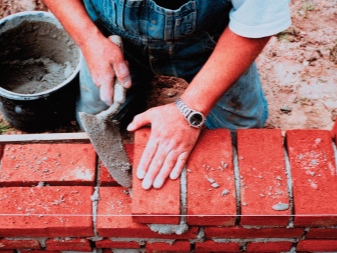
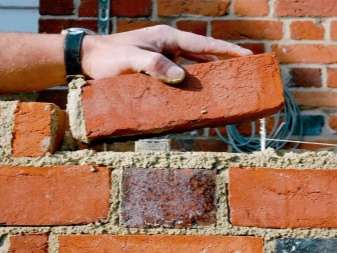
Alluvial
Sand with universal characteristics and optimal grain size... This bulk material is extracted using dredgers or ground vehicles with hydromechanical installations, and then subjected to additional treatment with water to remove impurities. It is characterized by the following signs:
- sanded smooth surface;
- round or oval shape;
- the content of silt and clay particles is less than 0.3%;
- uniform size of fractions - about 2 mm;
- the color ranges from straw yellow to gray.
According to its characteristics, washed or washed sand is optimally suited for the preparation of masonry mortar, provides it with good plasticity and aesthetic properties.
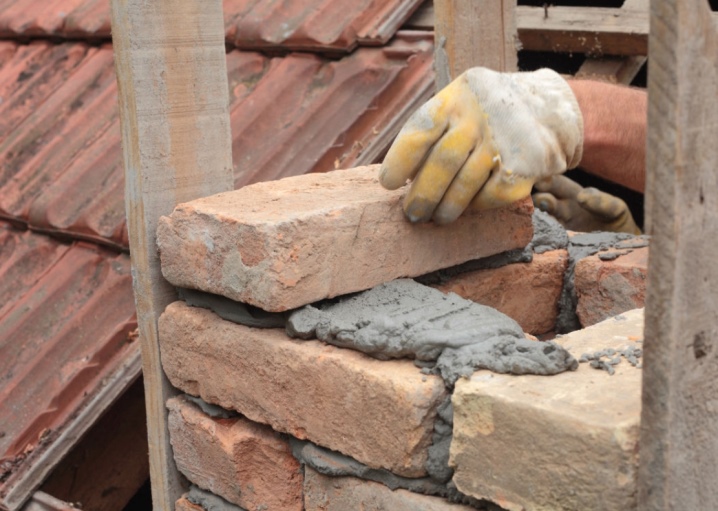
Career
Mined in quarries, under the strata of other sedimentary rocks, quarry sand is characterized by a high level of pollution. It contains up to 7% clay particles, which greatly reduce the value of the bulk material. To add value, eliminate unnecessary substances, rinsing and sieving is used. The sizes of the fractions in this case become more uniform, and their structure becomes pure.
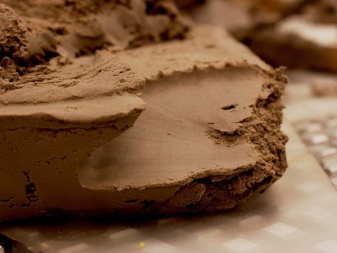

White
This sand can be of natural or artificial origin, clean and extremely decorative. It contains up to 90–95% quartz. The main places of its extraction are located in river valleys, but there are also quarry varieties hidden by other sedimentary rocks. In this case, during extraction, the free-flowing fraction becomes quite polluted, traces of clay and loam get into it.
Sometimes natural white sand is replaced by an artificial analogue. In this case, industrial crushing equipment is used, converting the blocks of white quartz into a product with the desired fractions. The grains of sand are acute-angled, and not with rounded edges, the material itself is monomineral. It goes on sale in bags, it can be considered as a variant of filler for mortars in decorative wall cladding.

Choice
When deciding which sand is best to use for masonry mortar, you need to take into account not only the type of material. Even the purity of the material matters. The most harmful for cement mortar are clay particles, which do not allow the mixture to pass water. Due to the use of contaminated free-flowing filler, the mixture will be lumpy, and the finished composition will have a reduced mechanical strength.
The presence of any foreign inclusions in the mortar for masonry affects its plasticity, uniformity of distribution and filling of voids. You can remove all impurities if you first sift the sand. The best size of fractions is 1–2 mm, larger particles are acceptable in the rough version.
For decorative work, it is better to prepare a solution from a fine-grained aggregate.
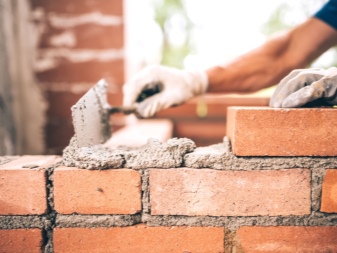
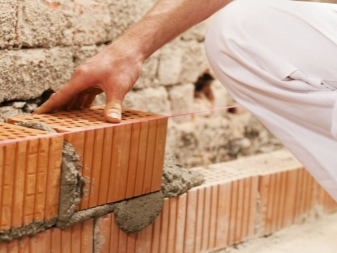
When choosing a certain type of sand, it is important to consider the purpose of the solution. In particular, it can be classified into several groups.
- For expanded clay concrete blocks. This type of building materials is characterized by a composition similar to masonry mortar. That is why cement-sand mixtures are the only correct solution when forming masonry. It is important that the composition is quite elastic, does not spread, but it fills in irregularities and voids well. These characteristics are fully consistent with pure river sand or its mixture with quarry.
- For cinder block. The masonry mortar for this building material should be fairly homogeneous, but it is not necessary to add fine-grained components to it. It is enough to use seeded sand quarried. To increase the aesthetics of the masonry, you can use the river or alluvial version.
- For foam blocks. Molded porous materials rarely have ideal geometries. So that they do not affect the result of construction, cement-sand mortars are used.The choice of raw materials for their preparation must be especially careful. The sand should ensure the homogeneity and elasticity of the mixture, therefore, it is better to forget about the cheap career option by choosing a river or sea one with the largest size of fractions.
- For brickwork... Almost any sand can be used for rough work, but finishing work should be carried out with alluvial raw materials. It gives maximum homogeneity and good elasticity, the finished mortar does not spread, and forms a strong bond with cement. Even cleaned gully sand is suitable for the walls of a garage or an outbuilding.
- For the foundation. It uses inexpensive and widely available quarry sand, which undergoes additional processing. Before preparing the solution, it is sieved or washed. You can buy a ready-made version of sown sand, already cleaned of excess clay.
- For facing bricks. In this case, the masonry requires the use of fine-grained sand - white with a high quartz content is well suited. It is quite aesthetic, easy to mix with cement, forms a plastic mass that can be laid evenly, in a thin layer. Such a solution will not violate the aesthetics of the masonry after hardening.
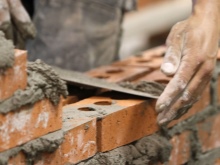

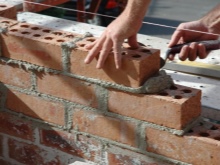
It is quite simple to choose the right option for sand for preparing a cement-based mortar.
In most cases, river-based aggregate is suitable for laying building blocks and bricks, which is more expensive than quarry, but surpasses it in quality and purity.
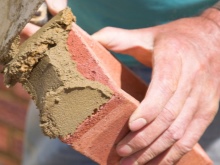
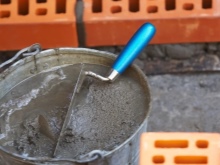
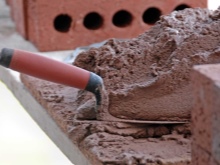
The following video explains which sand to choose.













The comment was sent successfully.